Concrete floor cracks pose safety and structural risks, requiring prompt repair for preservation and aesthetic reasons. Using suitable patching compounds prevents water penetration and mold growth. Different crack types necessitate tailored repairs, from DIY methods for minor cracks to professional assistance for severe damage. Proper preparation, material selection, and regular maintenance extend concrete floor life. Prompt crack repair enhances durability and appearance while saving costs.
Concrete floor cracks can be both functional and aesthetic issues, compromising structural integrity and impacting the overall look of a space. Understanding concrete crack repair is crucial in maintaining durable floors. This article guides you through the process, from identifying different crack types and their causes to choosing the right materials and tools. We provide a step-by-step approach, best practices, common mistakes to avoid, maintenance tips, and advice on when to seek professional help for severe damage. By mastering crack repair, you can ensure your concrete floors remain strong and visually appealing.
Understanding Concrete Floor Crack Repair: Why It's Necessary
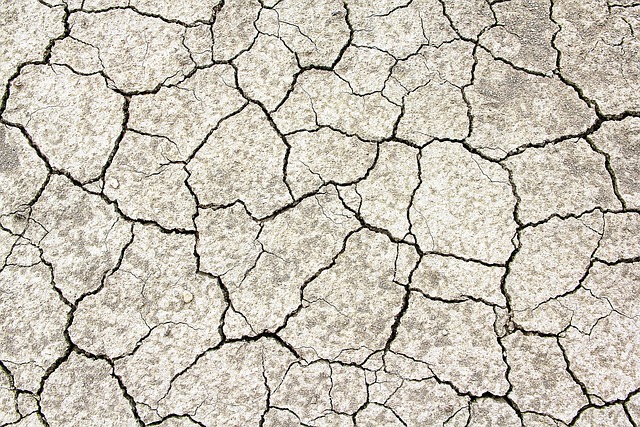
Concrete floor cracking can be both an eyesore and a safety hazard, leading to trip risks and unsightly appearances. Cracks also provide entry points for water, salt, and other contaminants, which can further weaken the concrete over time. This is why crack repair is not just about aesthetics—it’s a crucial maintenance step that preserves the structural integrity of your concrete floors.
Ignoring cracks can result in more extensive damage and costly repairs down the line. Promptly addressing them with suitable patching compounds ensures a smooth, durable surface. Effective crack repair also prevents water penetration, which could lead to moisture-related issues like mold growth or weakened foundation support.
Types of Cracks and Their Causes
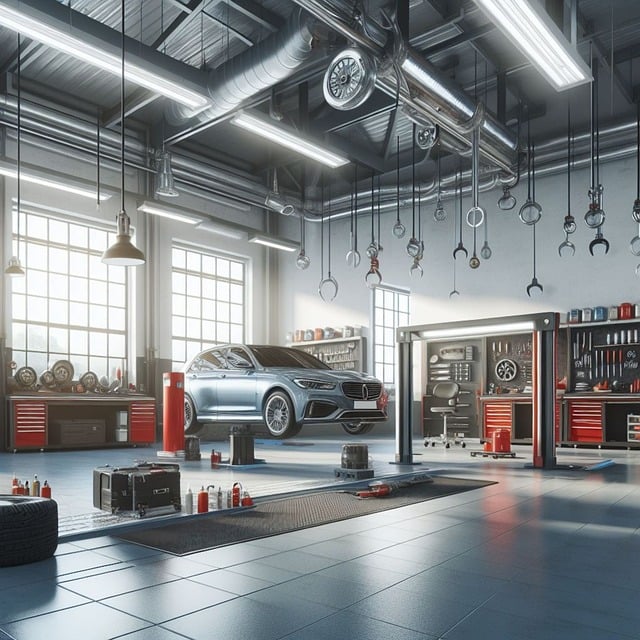
Concrete floors, over time, can develop cracks due to various factors, each requiring specific attention during crack repair processes. The types of cracks range from hairline fractures to wider structural gaps, often presenting unique challenges. These cracks can be categorized into several types:
Structural cracks are typically caused by settlement or movement of the concrete substrate, often due to poor initial construction, uneven settling, or exposure to extreme temperatures. Stress cracks, on the other hand, occur as a result of tensile stress within the concrete, frequently seen in areas of high traffic or where the concrete has cured unevenly. Another common type is the diagonal crack, which usually indicates a problem with moisture content during the curing process. These cracks can be addressed through specialized patching techniques, filling materials, and, if necessary, structural reinforcement to ensure longevity and stability of the concrete surface.
Materials and Tools Required for Patching
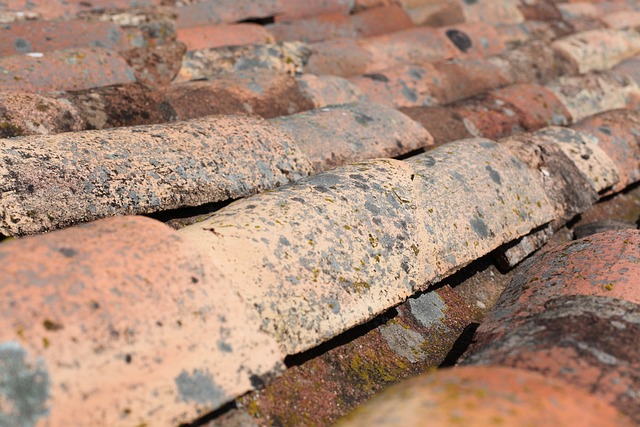
To successfully patch a concrete floor, you’ll need a few specific materials and tools. Start with high-quality concrete patch compound, which comes in various types tailored for different conditions. For best results, choose one designed for crack repair, considering factors like its flexibility, hardness upon setting, and resistance to moisture and chemicals. Additionally, gather essential tools: a putty knife or trowel for applying the patch, a chisel and hammer for removing loose concrete around the crack, safety glasses for protection, and gloves to avoid skin contact with the compound. If the crack is wide or deep, you might need an epoxy-based repair kit, which offers superior strength and longevity compared to standard concrete patch compounds.
Step-by-Step Guide to Repairing Concrete Floors
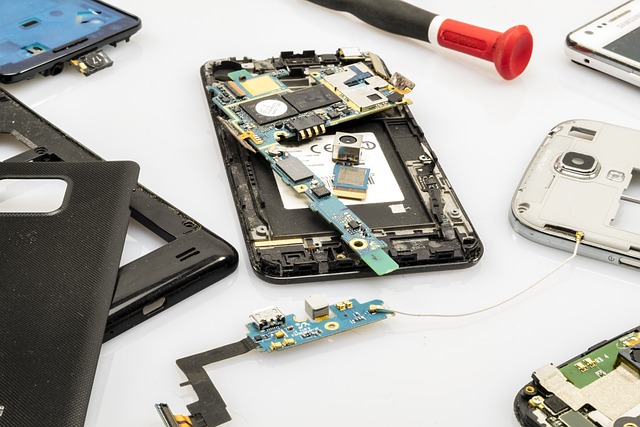
Repairing concrete floors, especially those with cracks, is a necessary task for maintaining the longevity and aesthetic appeal of your space. Here’s a straightforward step-by-step guide to help you achieve a seamless fix. First, assess the extent of damage; small cracks can often be repaired at home with relative ease. Gather your materials: concrete patch compound, a trowel or putty knife, a chisel (for deep cracks), and protective gear. Ensure the floor is clean and dry, then identify and clean any loose debris within the crack. For wider gaps, use a chisel to gently remove any protruding fragments, taking care not to damage surrounding concrete. Apply the patch compound using your trowel or putty knife, pressing it firmly into the crack and smoothing the surface. Allow the compound to dry completely; this may take several hours. After drying, lightly sand the patched area to ensure a smooth finish, then wipe down with a damp cloth to remove any dust.
Best Practices for Achieving Strong, Long-Lasting Repairs
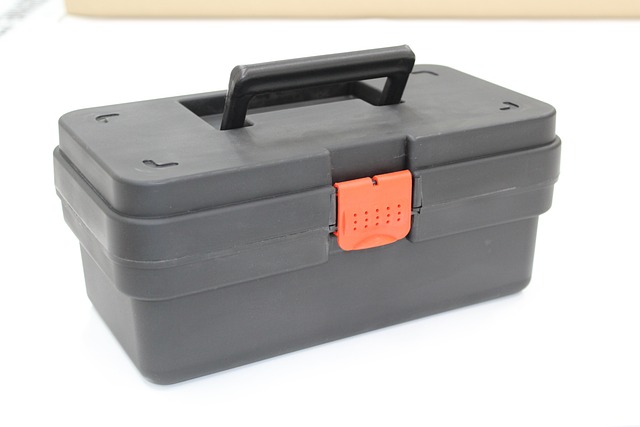
When patching concrete floors, the goal is to achieve strong, long-lasting repairs that integrate seamlessly with the existing surface. Best practices begin with thorough preparation. Clean the cracked or damaged area meticulously, removing all loose debris and dust. This ensures a clean bond between the patch material and the concrete, enhancing the repair’s durability.
Next, use the appropriate materials tailored for crack repair. Epoxy injections are often recommended for wider cracks as they offer exceptional strength and resistance to chemical corrosion. For smaller chips or hairline fractures, a high-quality polyurethane patch may be more suitable. Proper application techniques, including following manufacturer instructions and mixing ratios, are critical to ensuring the patches adhere correctly and cure properly, resulting in a robust, long-lasting fix.
Common Mistakes to Avoid During the Patching Process
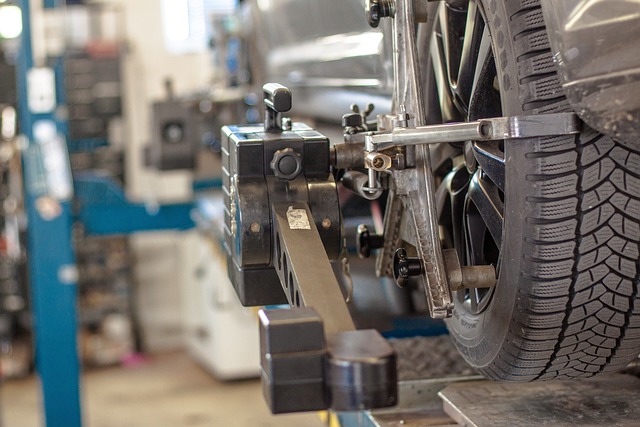
When patching concrete floors, there are several common mistakes that homeowners and professionals alike should avoid to ensure long-lasting repairs. One of the most frequent errors is using the wrong patch compound for the job. Different types of cracks require specific materials; using a general-purpose filler might not provide adequate strength or flexibility, leading to future crack propagation. Always match the patching compound to the type and severity of the crack.
Another blunder is inadequate preparation of the crack before applying the patch. Cleaning the crack thoroughly and removing loose debris and moisture is crucial for a strong bond between the patch and the existing concrete. Neglecting this step can result in a weak repair that will not withstand normal wear and tear. Additionally, not allowing enough time for the patch to cure fully is a common mistake, which can compromise the overall effectiveness of the crack repair (or crack repair).
Maintenance Tips for Preventing Future Cracks

Regular maintenance is key to preventing concrete floor cracks from reappearing. One effective tip is to keep the surface clean and free from debris, especially in high-traffic areas. Sweeping or vacuuming frequently can help remove dirt and grit that might embed itself in the concrete, causing future damage. Additionally, applying a thin coat of sealant every few years can create a protective barrier against moisture and other environmental factors known to contribute to concrete deterioration.
Another crucial maintenance step is to monitor and address any signs of moisture intrusion promptly. Fix any leaks or sources of water accumulation near your concrete floors immediately. Over time, moisture can weaken the structure, making it more susceptible to cracks. Regular inspection will help you identify potential issues early on, allowing for prompt crack repair using appropriate methods like injection or sealing, thus prolonging the life of your concrete floor.
When to Consider Professional Help for Severe Damage
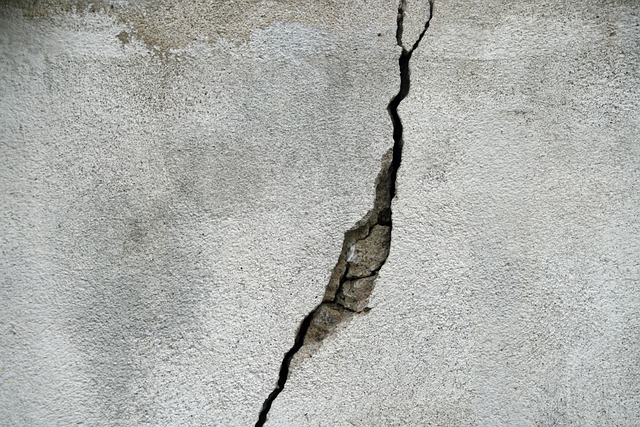
If concrete floor damage is severe, extending beyond simple cracks or chips, it may be time to consider professional help. While minor repairs like crack repair can often be handled with DIY methods, extensive damage requires specialized equipment and expertise for safe and effective restoration. Large breaks, gaps, or holes in the concrete floor structure necessitate professional intervention to prevent further weakening and potential safety hazards. A qualified contractor will assess the extent of the damage, provide recommendations tailored to the situation, and ensure long-lasting repairs that match the original concrete’s strength and aesthetics.
Conclusion: Effective Crack Repair for Durability and Aesthetics
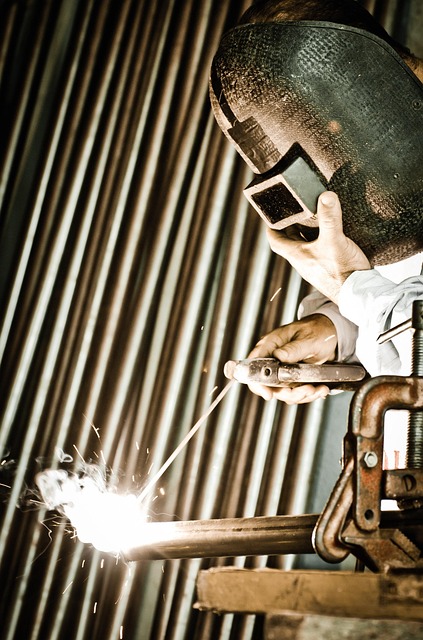
Concrete floor patching is a crucial step in maintaining the durability and aesthetics of your space. By addressing cracks promptly, you prevent further damage and ensure the longevity of your concrete surfaces. Effective crack repair involves using high-quality patches that match the existing concrete, both in texture and color. This not only restores the structural integrity but also maintains the visual appeal, making it a must-have practice for any property owner or manager.
When cracks start to appear, don’t delay the repair process. Taking timely action ensures minimal damage and easier, more efficient patching. Remember, a well-maintained concrete floor is a sound investment that contributes to both functionality and aesthetics, creating a robust and visually pleasing environment.
